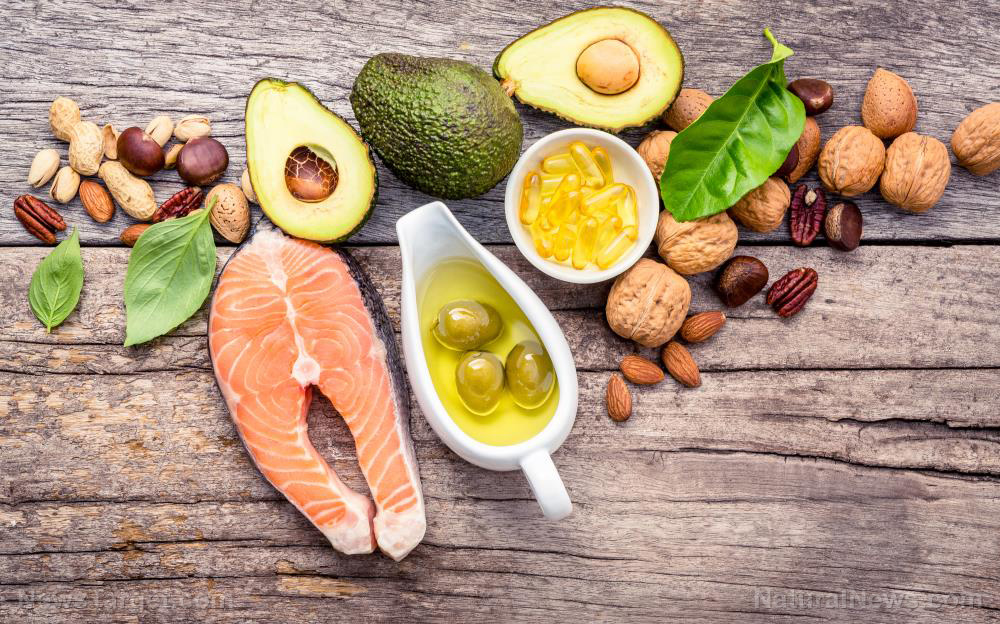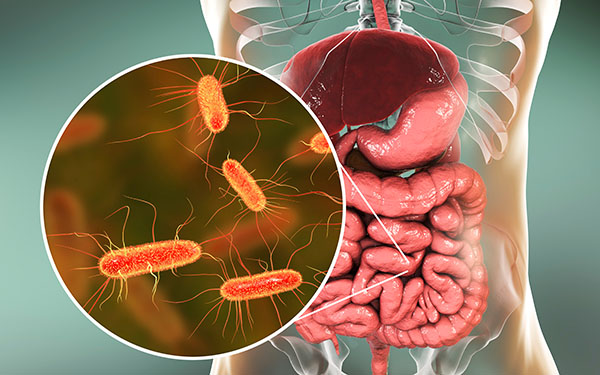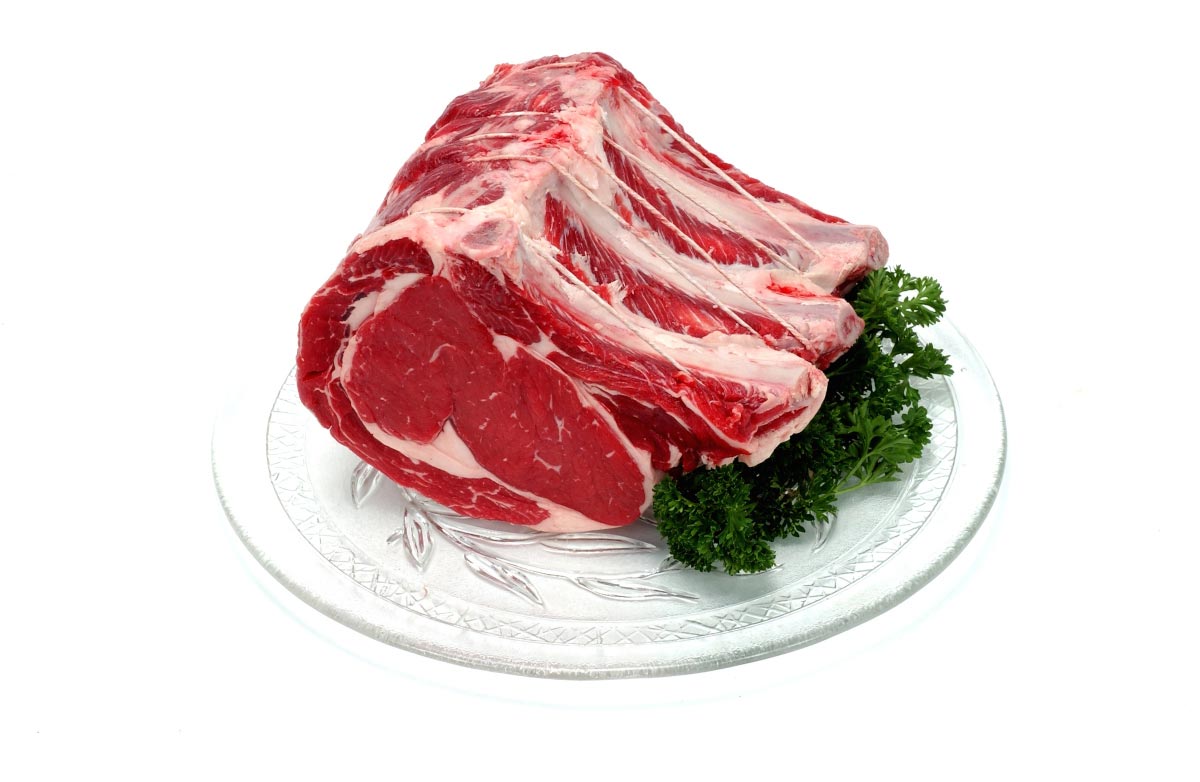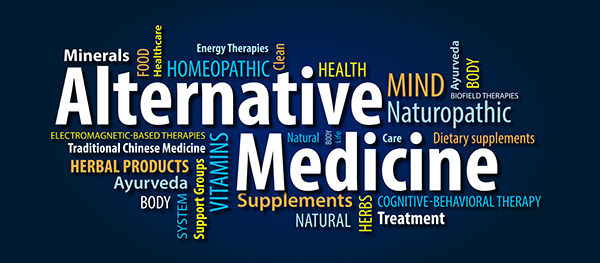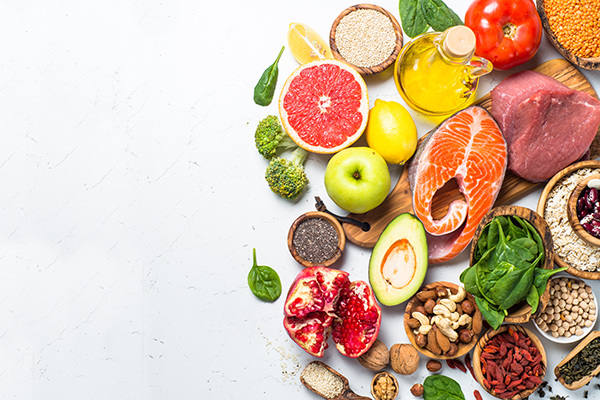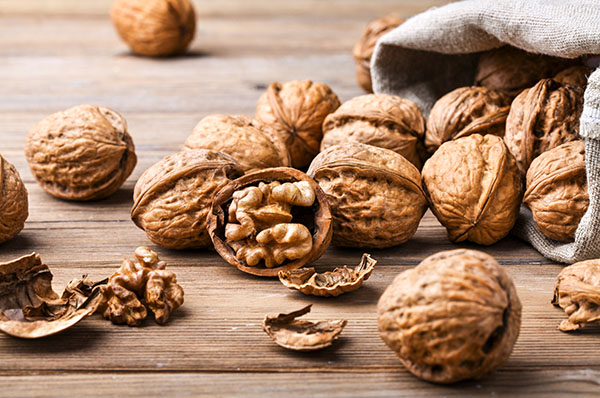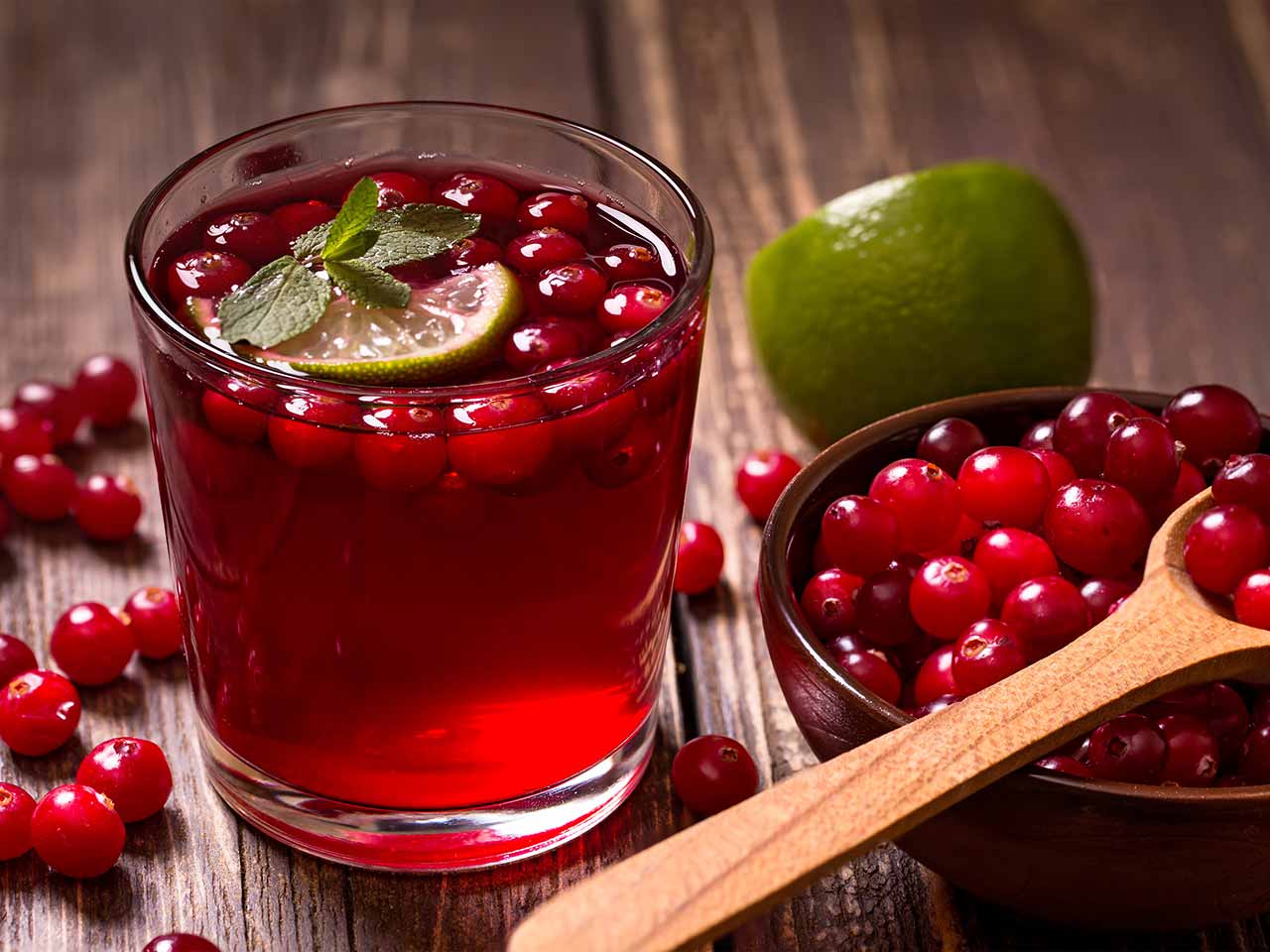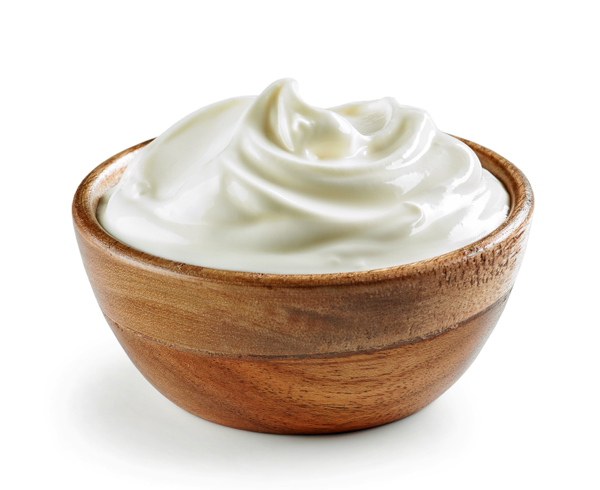Green peas: A nutrient-packed source of plant protein for vegans and vegetarians
08/25/2025 / By Laura Harris
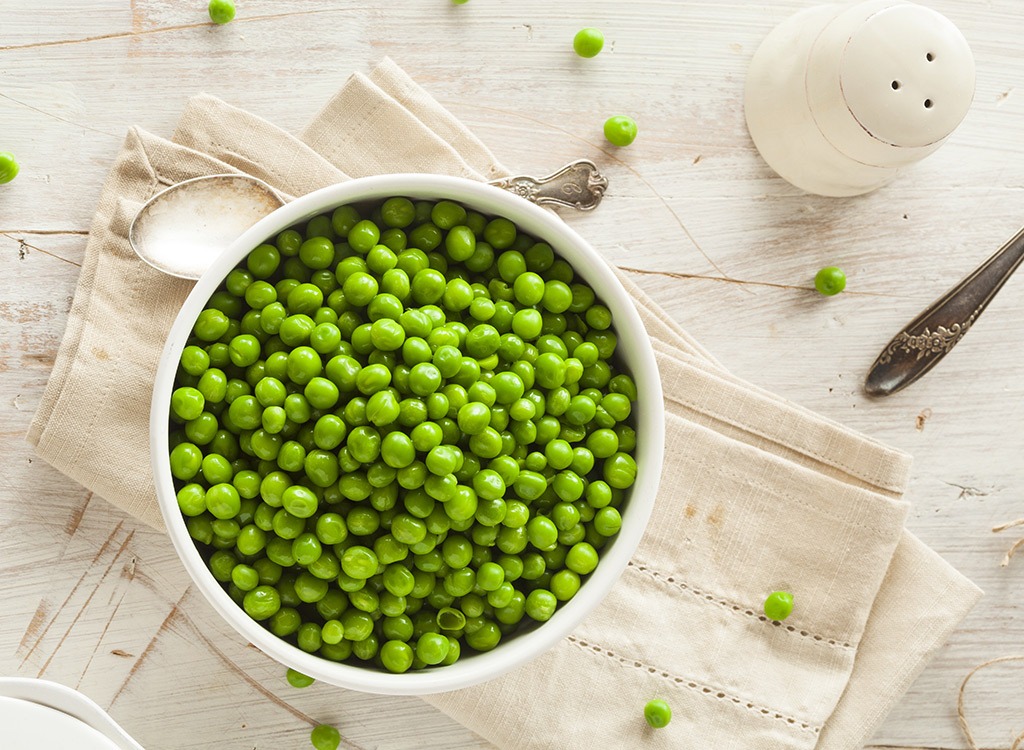
- Green peas are a nutrient-dense legume, offering plant-based protein, fiber, essential vitamins (like vitamins K, C and B-complex), minerals and powerful antioxidants that support digestion, heart health, immunity and vision.
- Cultivated for over 9,000 years, green peas have been a dietary staple since ancient times, gaining popularity across Europe and eventually becoming a widely accessible food through frozen and canned forms.
- While high in fiber and antioxidants that fight disease, green peas also contain anti-nutrients like lectins and phytic acid. But these are usually neutralized by cooking, so eating green peas is safe and beneficial for most people.
- Although peas are part of the Clean 15 (a list of produce with the lowest pesticide residues), organic options further reduce exposure to chemicals like glyphosate and heavy metals; frozen peas are often cleaner than canned due to lower BPA risks.
- From traditional dishes like pea soup and matar paneer to modern uses like smoothies, pea flour and dairy-free pea milk, green peas are a flexible, health-boosting ingredient you can use in a wide range of recipes.
Green peas (Pisum sativum) are much more than just a simple side dish – they are a nutrient-dense legume packed with vitamins, minerals, fiber and plant-based protein. Often overlooked, this humble green vegetable has been a staple in traditional diets for centuries and continues to be a valuable ingredient in modern nutrition.
Green peas have been cultivated for thousands of years, with evidence suggesting their domestication began in the Near East around 9,000 years ago. They were later introduced to Europe and became a staple in medieval and Renaissance cuisine. By the 16th century, selective breeding had yielded sweeter varieties, paving the way for the green peas we enjoy today.
Peas gained widespread popularity during the 18th and 19th centuries, especially in England, where “pea soups” and “mushy peas” became dietary staples. Today, frozen and canned peas have become accessible worldwide, ensuring a year-round supply of this nutrient-packed legume. (Related: “Vegetables II” explores the botanical families that have shaped human diets and agricultural practices for centuries.)
Nutritional profile of green peas
Green peas are an exceptional source of nutrients such as:
High-quality plant protein
- A 1-cup serving provides eight grams (g) of plant-based protein — perfect for vegetarians and vegans
- Contains all nine essential amino acids, though not in optimal ratios (best paired with grains)
Fiber for digestive health
- Provides eight to 10 grams of fiber per cup, supporting gut health, satiety and stable blood sugar
Antioxidants and other phytonutrients
- Rich in lutein, zeaxanthin and polyphenols that combat inflammation
- Contains saponins, which may help lower cholesterol
Essential vitamins and minerals
- Vitamin K to support bone health & blood clotting
- Vitamin C for boosting immune function and collagen production
- B vitamins, especially folate, a crucial nutrient for DNA synthesis and heart health
- Iron, magnesium, potassium and manganese, which are vital for energy metabolism
Low glycemic index (GI)
- Despite their natural sweetness, peas have a low GI (~48), making them suitable for diabetics when eaten in moderation.
Peas contain anti-nutrients like lectins and phytic acid, but these are largely neutralized by soaking or cooking. Green peas’ moderate starch content may not align with strict low-carb diets, but for most people, their nutritional benefits, especially when properly prepared, far outweigh these minor concerns.
Although green peas are on EWG’s “Clean 15” list, which includes fruits and vegetables with the lowest pesticide residues, conventional varieties may still contain trace chemicals. Common concerns include cancer-causing glyphosate (used in pre-harvest drying) and neurotoxic organophosphate. Choosing organic peas can help you avoid these harmful contaminants.
Additionally, peas grown in polluted soils can absorb heavy metals like cadmium and lead, though typically in small amounts. For your safety, always choose organic produce. When purchasing processed peas, frozen varieties are often a cleaner choice than canned options, which may be contaminated with BPA.
Culinary uses of green peas
Peas are incredibly versatile, enhancing both savory and sweet dishes. Here’s how they’re commonly used:
Classic recipes with peas
- Pea soup – Traditional British and Scandinavian dishes
- Pea and mint puree – A refreshing side dish
- Stir-fries – Adds sweetness and crunch (snow peas, snap peas)
- Pasta carbonara with peas – Balances richness with freshness
- Pea hummus – A vibrant, nutrient-packed dip
- Indian matar paneer – Peas with cheese in spiced curry
- Pea and avocado salad – A light, summery dish
Modern twists
- Green pea smoothies (for extra protein and fiber)
- Pea flour (gluten-free baking thickener)
- Vegan “pea milk” (emerging dairy alternative)
Green peas are more than just a colorful addition to meals; they’re a nutritional powerhouse. Packed with protein, fiber, antioxidants and essential vitamins and minerals, they support everything from digestive health to immune function and even help with disease prevention. Whether enjoyed fresh, frozen or in creative recipes, incorporating peas into your diet is a simple step toward optimal wellness.
This story is not medical advice and is not intended to treat or cure any disease. Always consult with a qualified naturopathic physician for personalized advice about your specific health situation or concern.
Visit NaturalNews.com, a great article source where you can learn about superfoods and their health benefits.
You can also try Brighteon.ai, an AI model created by Mike Adams, also known as the Health Ranger. This model is available as a free download to be run locally and is designed to help share and decentralize knowledge. By doing so, it aims to bypass censorship and empower people with knowledge.
If you’re looking for an uncensored video free speech website where you can openly discuss nutrition, natural medicine, ingredients and more, check out Brighteon.com and these two free speech social media sites, Brighteon.IO and Brighteon.social.
Watch this video to learn more about the health benefits of green peas.
This video is from the All About Herbs channel on Brighteon.com.
More related stories:
6 Nutritious sources of plant protein for vegans and vegetarians.
Redefining nutrition: How the protein quality revolution could shape your health.
Optimal protein intake could be the missing link in keeping your brain sharp.
Sources include:
Submit a correction >>
Tagged Under:
#nutrition, complete protein, food cures, food is medicine, food science, food supply, Green peas, health science, ingredients, legumes, natural health, nutrients, organics, Pisum sativum, plant protein, vegans, vegetarians, veggie
This article may contain statements that reflect the opinion of the author
RECENT NEWS & ARTICLES
COPYRIGHT © 2017 NUTRIENTS NEWS

